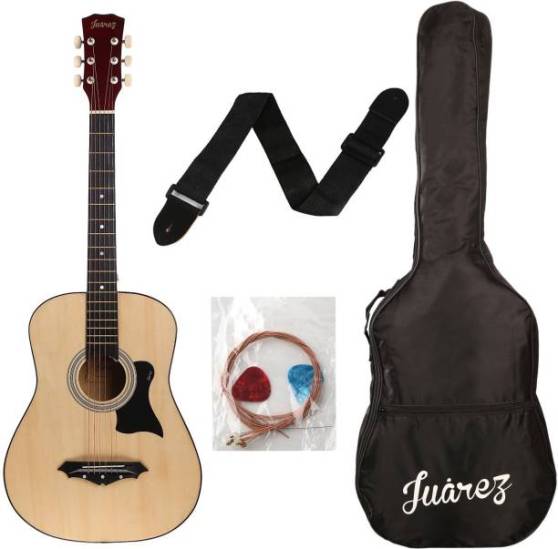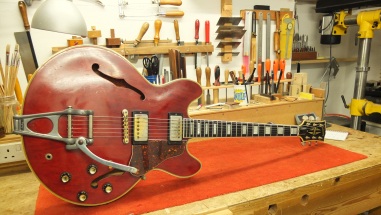
Remember the days when buying a guitar was a whole week’s (or month’s) process? When we would go to all our local music stores and try out countless guitars, hoping to find the one that fits perfectly and snugly between our fretting hand, and allows our picking hand to smoothly transition between strings? The whole process would take hours everyday if you knew what you were looking for beforehand, but it would be relatively simple if you did not plan ahead (sometimes this would lead to regret long after the return policy has died down).
Well, online shopping has made it no different. It still takes weeks before you should decide on what to spend on, and with newer online music stores coming up every now and then, the process should take even longer! But that’s not necessarily a bad thing, as my article would suggest to you as you read on.
Before I begin, I’d like to say that I am in no way affiliated to any online music shop, and that I simply am a musician, just like you, who’d like to tell you, and especially beginning players, how online stores can be the difference between that awesome Jackson or a mediocre one.
Buying Online Vs. Buying At Your Local Store
– Online stores do not have to actually keep a physical shop, with salesmen, electricity bills and rent, and this significantly brings their cost down, a portion of which they transfer over to us. This allows us to choose even more exclusive guitars with better hardware and electronics. At times the savings can reach even more than $500!
– Have you seen the range available at websites such as Musician’s Friend or Music123? They have all the brands on the planet! You can choose between a Gibson, Dean, Ibanez, Hamer..and the list goes on. It is virtually impossible for physical stores to keep such an inventory!
Read More: https://www.ultimate-guitar.com/lessons/the_guide_to/how_to_buy_a_guitar_online.html#262504

